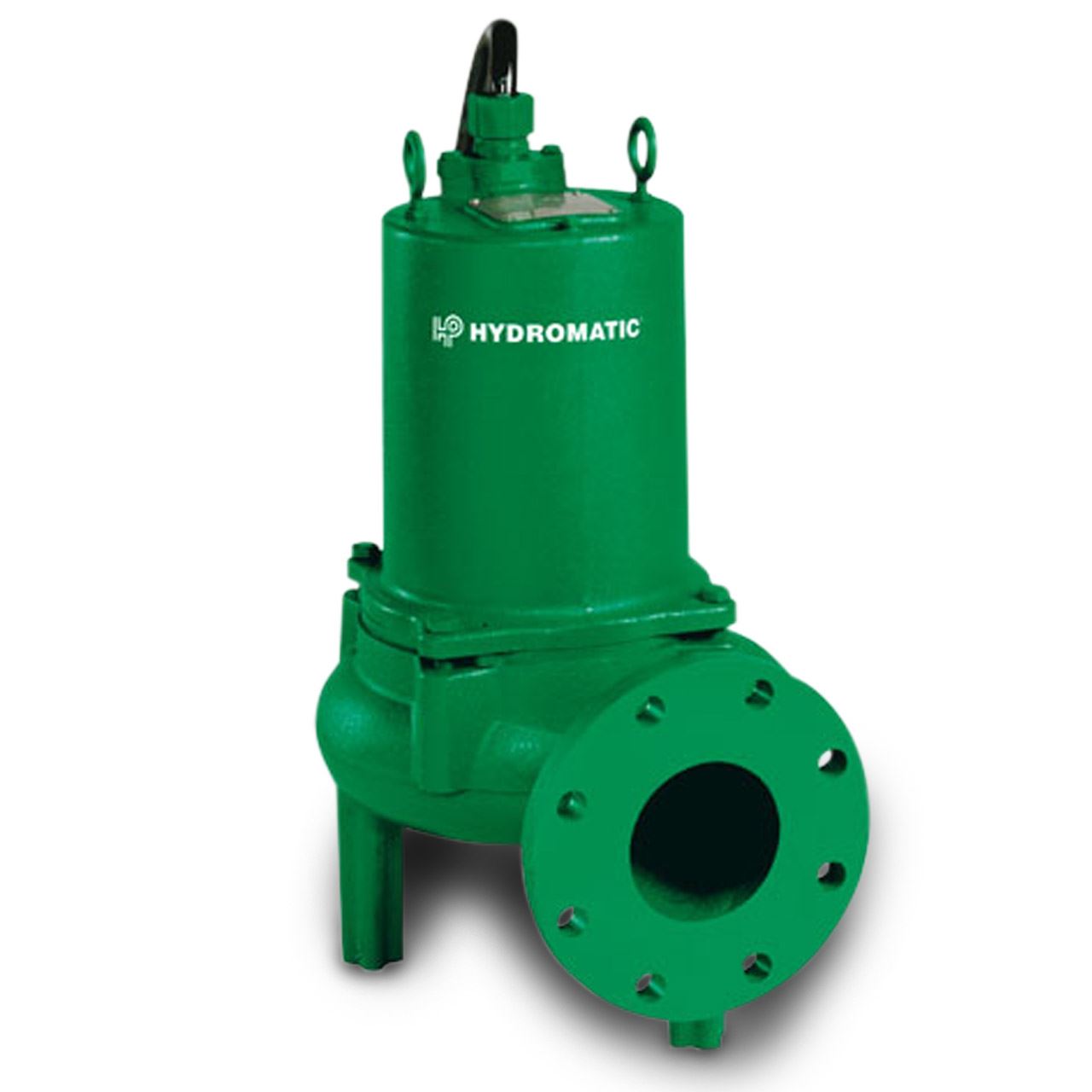


They can typically pump sewage at volumes of up to 10,000 gallons per hour (166 gallons per minute) for short distances (under 700 feet) with maximum head pressures of under 30 feet. They don’t have grinding blades, but make use of quickly-rotating impellers that draw raw sewage vertically up and under pressure from the inlet to the outlet, which then connects to a discharge pipe.Ī sewage ejector pump can typically handle solids up to 2 inches in diameter, and range in power from 3/10 horsepower to 2 horsepower. They’re frequently described as high volume and low pressure solids handling pumps, because they can push sewage quickly but without much pressure from a home into a septic tank or a sewer main that operates by gravity flow.

What is a sewage ejector pump?Ī sewage ejector pump is a submersible utility pump capable of processing solids. If you’re in a hurry, the long and short of it is that while both are designed to handle sewage (i.e., urine and feces), grinder pumps can also handle flushed trash, making them a better, though more expensive choice for crucial (e.g., commercial) situations you can typically get away with an ejector for most residential situations. But what’s the difference between both kinds of pumps, and which kind is the better choice for your home or small business? We’ll answer both of these questions and more below. We’ve reviewed a number of sewage pumps in the last year, including sewage grinder pumps and sewage ejector pumps.


 0 kommentar(er)
0 kommentar(er)
